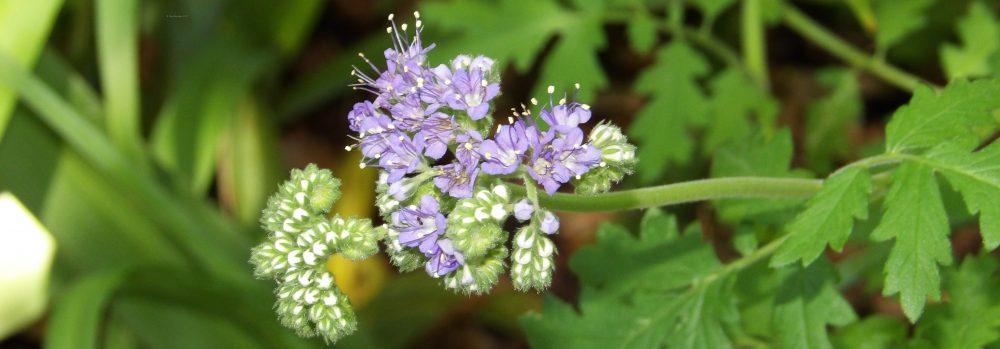In February, I posted about the non-native dandelion that is common in gardens and pathways pretty much everywhere. Though most people consider it a weed, I have no argument with that little flower, since it’s an early bloomer for pollinators.
Fast forward about six weeks with spring in full swing, and the native dandelion, Texas Dandelion, Pyrrhopappus pauciflorus, has made itself comfortable in my garden. Here it is, upfront and on stage, Four-nerve Daisy, Tetraneuris scaposa, waving in the background.

This little aster is a paler shade of yellow, more butter-yellow, than many other native yellow asters. The lower portion of its anthers are colored a deep maroon, which contrasts nicely with the soft yellow.

The flowers open in the mornings, though I’ve noticed that they are sleepy heads and it’s well after sunrise before they greet the day. The blooms close by mid-afternoon.
Like other flowers in the Asteraceae family, the seed heads are snowy white puff balls, just waiting for that perfect breeze to carry them off to land in another home.

In my garden, I haven’t seen any of the typical bee/butterfly/other pollinators nosing around the blooms. Instead, there’s often a cucumber beetle in the center, presumably doing the business of pollinating.

This individual planted itself just outside the bounds of the garden, which is typical; these usually grow in the pathways of my garden.

It’s a complementary plant alongside the planned garden, though it’s not the only one that invited itself to join the community.

The wide-leafed plant situated just behind and to the right of the Texas Dandelion is a volunteer American Basket Flower, which I wrote about last year. And next to that is a Coast Germander, Teucrium cubense, that appeared last year as well, uninvited, but not necessarily unwelcome. Not an aster, but instead in the mint, or Lamiaceae family, the dainty white flowers bloom non-stop and the foliage was evergreen all winter.
I think all three unplanned additions are dandy!

Welcome surprises. 🙂 I have a few of those in my gardens as well. 😉
LikeLike
I’m sure you’re as tickled as I am when these surprises show up!
LikeLiked by 1 person
Yup!
LikeLiked by 1 person
Hooray for Texas dandelions. Wildflower guides ironically used to (and sometimes still do) call them “false dandelions,” whereas they’re the true ones here, and the common Eurasian dandelion is an invader. We’ve been seeing lots of Texas dandelions this year, which accords with what you’re showing here in your garden.
LikeLike
Hooray, indeed! Ha, you’re right about that–just who is the false one??
LikeLike
Always nice to leave a little space for the natives, though Mrs H is not over keen on my efforts!
LikeLike
I leave lots of space for the natives. You’ll need to work in Mrs. H a bit more!
LikeLiked by 1 person
Gads! I loathe the more common sort, but only because we maintain three big lawns here. In my own garden, I may grow some in a confined bed for the greens. They might be the most reliable greens here, and are very perennial. I may as well exploit their strong points.
LikeLike
They certainly get around, those dandelions from somewhere else!
LikeLiked by 1 person
Yes, I have never been anywhere that they have not infested.
LikeLike
I do like some volunteers, too. It’s so fun and interesting to learn about the new visitors. Your volunteers are lovely.
LikeLike
I’d thought we were going to have a sparse dandelion year, but it was my timing that was off. Right now, there are vacant lots, easements, and such that are filled with them — and the power company is letting them bloom away. They’re still mowing, but only a 4′ strip alongside the roads. The rest is being allowed to do its thing.
I still laugh when I remember the time when I was sure I had disappearing dandelions. I’d leave for work in the morning, and they’d be everywhere. When I’d come home for lunch — no dandelions. It took me longer than it should have to figure out they close around noontime, and then re-open the next day. There’s always a lesson to learn!
I also see more cucumber beetles on them than anything else, except for the occasional hoverfly. On the other hand, I often see cucumber beetles on boats, too. I have no explanation.
LikeLike
I have become quite fond of seeing these on roadsides. It is good to see them in a garden setting, too!
LikeLike
It’s apparently been a big year for them. There have been posts on native plant groups talking about how many there are. I always have at least one, somewhere in my garden. I love’em!
LikeLike
I confess to being a dandelion fan and the Texas version is delightful. As we’re enjoying a very cold spring, dandelions (Taraxacum sp.) are one of the few wildflowers providing sustenance for our pollinators.
LikeLike
Pingback: It’s So Nice to See You! | My Gardener Says…